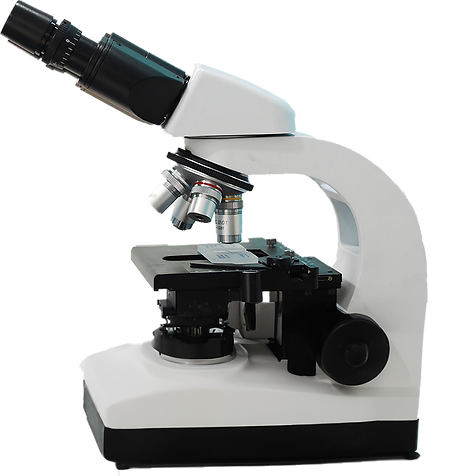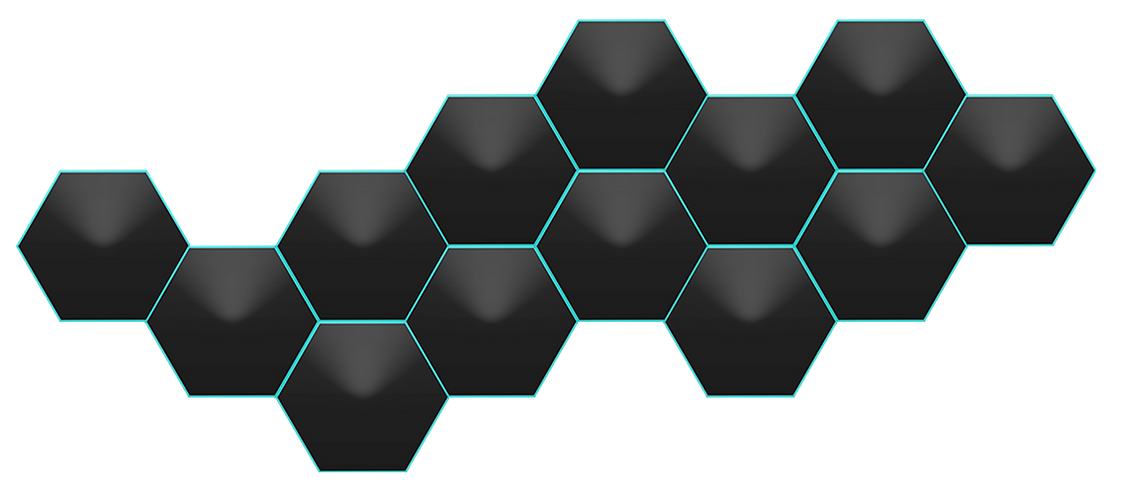
HNBR
excellent resistance to
Lubricants up to 175°C
hydrogenated nitrile butadiene rubber
Hydrogenated NBR elastomer, also known as HBNR, represents an advanced form of
Nitrile butadiene rubber (NBR) that is hydrogenated. The hydrogenation causes them to increase
Temperature and ozone resistance of HBNR significantly increases, making it suitable for demanding applications
Predestined operational environments. The mechanical properties remain almost unchanged.
Chemical structure
HBNR is produced by hydrogenation of NBR, whereby the double bonds in the polymer backbone
can be converted into single bonds by hydrogenation. This process results in a hydrogenated rubber
with improved thermal and ozone resistance as well as improved mechanical properties compared to its non-hydrogenated counterpart.
Material properties and resistance
-
improved mechanical strength and abrasion properties
-
excellent heat resistance and aging resistance
-
Recommended for contact with highly additive lubricants, fuels, water and steam
-
Swells on contact with chlorinated hydrocarbons and strong acids
-
HNBR is largely used in the automotive industry, chemical industry and oil production
-
Temperature resistance: -40°C to 175°C
HBNR shows extended resistance to environmental and chemical influences. It resists ozone, high temperatures and various chemicals, which increases its range of uses extended in demanding industrial environments. flexibility HNBR exhibits excellent flexibility, allowing it to adapt well to various shapes and surfaces. This flexibility allows HNBR to be used in applications where dynamic movement or deformation occurs without the material losing its structural integrity. Tear resistance: High tear strength makes HNBR resistant to mechanical stress and cracks. This is particularly important in applications where the material is exposed to high tensile forces, such as in gaskets and sealing elements. Wear resistance HNBR's wear resistance makes it ideal for high abrasion applications, such as in seals for industrial machinery. The material retains its structural properties even under repeated friction. density The density of HNBR is mid-range, resulting in a balance of strength and weight. This moderate density is beneficial for applications where lightweight materials are preferred. Insulation properties: HNBR shows good insulating properties, especially with regard to electrical conductivity. These insulation properties make HNBR attractive in applications involving electrical components or in the electrical industry. Weather resistance: HNBR is highly weather-resistant and exhibits high ozone resistance, making it ideal for outdoor use. This property is particularly important in the aviation and automotive industries, where materials are exposed to severe weather conditions. Chemical resistance HNBR is resistant to many chemicals including oils, greases, fuels and many solvents. This chemical resistance makes it a preferred choice in the oil and gas industry and chemical processing. Temperature resistance HNBR retains its elasticity and mechanical properties at high temperatures, making it suitable for applications in elevated temperature areas. The temperature resistance extends over both low and high temperatures, which allows for a wide range of uses. Resistance to water vapor HNBR shows good resistance to water vapor, making it suitable for applications in humid environments or near water sources. HNBR is not resistant to strong acids and bases with high concentration. It may also be susceptible to hydrolytic degradation under certain conditions, particularly prolonged exposure to water.
Material hardness and coloring
HNBR is available in different hardnesses, from soft (40° Shore A) to hard (90°Shore A). This range allows adaptation to specific requirements in different applications. HNBR can also be produced in various color schemes, with black and brown being the most commonly used colors.
Industries and applications
HBNR is widely used in industries where increased temperature and ozone resistance are required.
It is used in seals, O-rings, hoses and other applications, especially where conventional NBR reaches its limits. Industries such as automotive, aerospace and oil and gas benefit from the advanced properties of HBNR.
Automotive industry HNBR is widely used in the automotive industry for gaskets, O-rings and other sealing elements due to its excellent resistance to engine oils, fuels and high temperatures. Oil and gas industry In the oil and gas industry, HNBR is used in seals for drilling equipment, valves and other critical applications due to its resistance to oil and chemicals. Aviation industry Ozone resistance and the ability to remain stable at high temperatures make HNBR a preferred material for seals and sealing elements in the aviation industry. Chemical processing HNBR is used in chemical processing for seals, hoses and other components exposed to chemical substances.
In summary, the hydrogenated NBR elastomer represents a further developed variant that has the positive properties
of NBR is optimized through hydrogenation and thus meets the growing requirements of industrial applications.
Material development/compounding
high quality standards for the best durability
Our products should withstand extreme chemical and physical influences
be in long-term use.That's why we always choose the
Material that exactly meets the customer's individual requirements.
For challenging projects, you can rely on extensive expertise
and leave our network of raw material suppliers and application engineers.
We deal in depth with the conditions of use and know materials
develop, which are characterized by a wide variety of properties such as
Heat or cold resistance, weather resistance, media resistance
and long service life.


targeted material selection
Due to the high level of wear and tear on rubberand plastic products, the associated complex repair work and expensive downtime, we clarify all the physical aspects in the first conversation
and chemical influences on the product.
This allows us to offer our customers high-quality products
withoffer the best durability and resistance.
Material optimization
We optimize the physical and chemicalCharacteristics
of the material used or are specifically looking for alternatives,
to provide better resistance to different
environmental influences.
This allows us to identify your product using data sheets,Attempts or external tests to specifically improve the quality.

SBR
Elastomers
TPE
